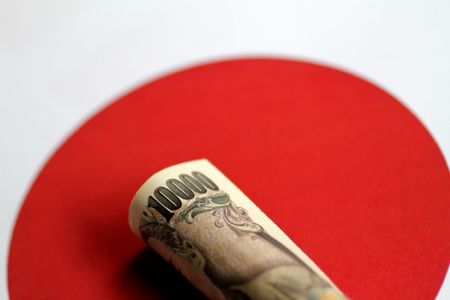Yen strength short-lived amid suspected intervention, USDJPY back above 156
2024.05.01 22:49

Investing.com– The Japanese yen weakened sharply on Thursday, seeing limited resilience amid what appeared to be repeated intervention in currency markets by the government, as the specter of high U.S. interest rates persisted.
The pair- which gauges the amount of yen needed to buy one dollar- rose 1% to 156 in late-morning trade, after sliding as low as 153 on Wednesday.
While a sharp drop in the also factored into some of the yen’s recent strengthening, the sharp downward moves in USDJPY seen on Monday and Wednesday saw traders speculating over likely government intervention in currency markets.
Japanese officials declined to directly confirm that intervention had occurred. But the intervention can be confirmed later in May, when the Ministry of Finance releases the composition of its official reserves for end-April. The MoF is expected to then disclose the monthly size of interventions this week.
The USDJPY pair had surged as far as 160 this week, a 34-year high. Traders said that this level was the new line in the sand for the MoF, which had last undertaken an expensive course of yen intervention in late-2022.
But even with the suspected government intervention, the main drivers of yen weakness still remained in play, especially following this week’s Federal Reserve meeting.
The Fed held rates steady and dismissed any expectations of more rate cuts, which sparked some near-term weakness in the dollar. The greenback fell sharply from a near six-month high on Wednesday- a move that also factored into some strength in the yen.
3rd party Ad. Not an offer or recommendation by Investing.com. See disclosure here or
remove ads
.
But the outlook for the dollar remained upbeat, as the Fed flagged no intention to cut rates in the near-term, citing a lack of progress in its quest to bring inflation within the 2% annual target. The central bank is now only expected to begin cutting rates by the fourth quarter, if at all.
The wide gulf between U.S. and Japanese interest rates had been the biggest point of pressure on the yen, and is expected to persist in the near-term.
Lack of clarity on the Bank of Japan’s plans for future rate hikes is also expected to keep traders largely biased against the yen in the near-term. The BOJ did not address yen weakness during a meeting last week, and also gave scant cues on its plans to hike rates further after a historic raise in March.








